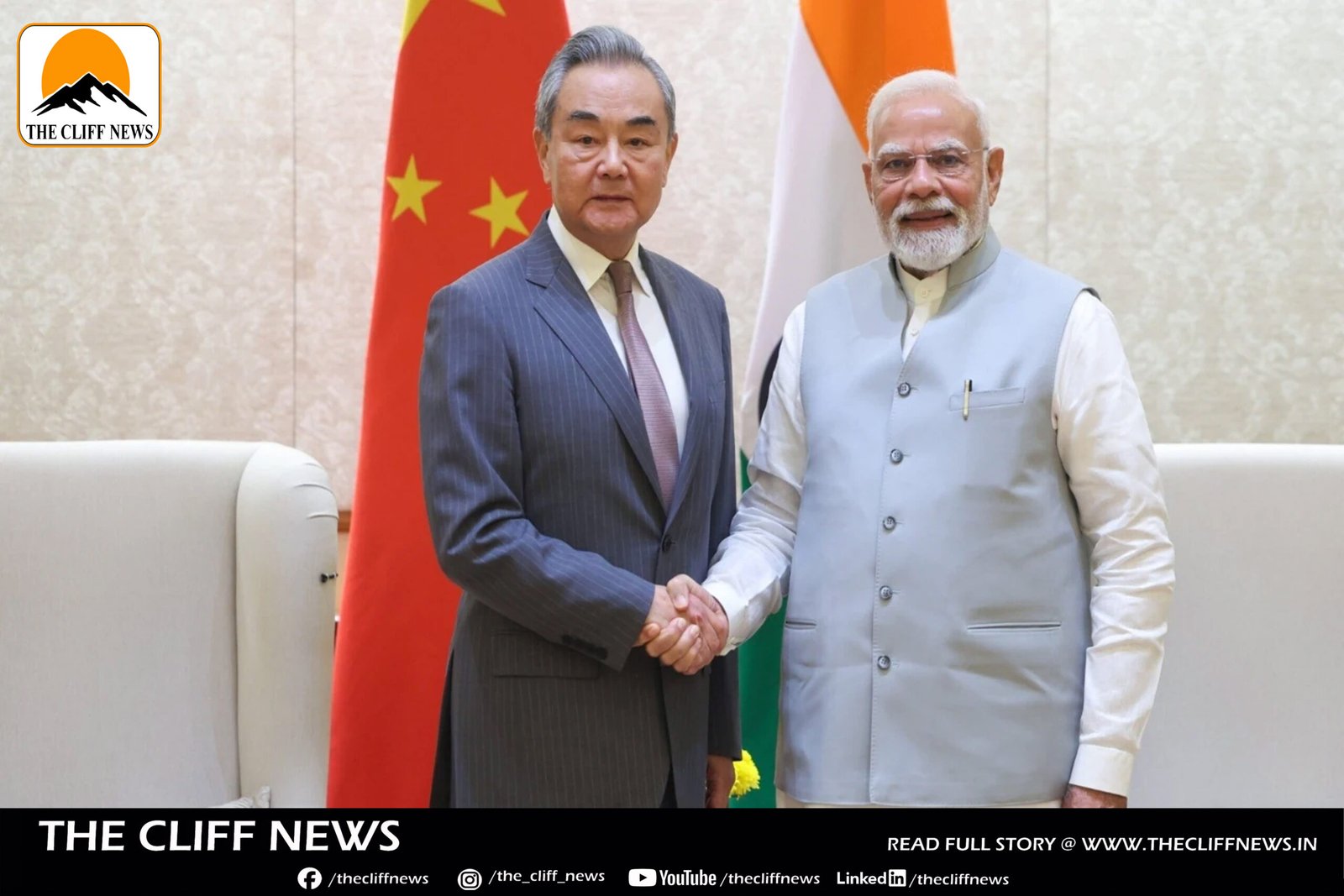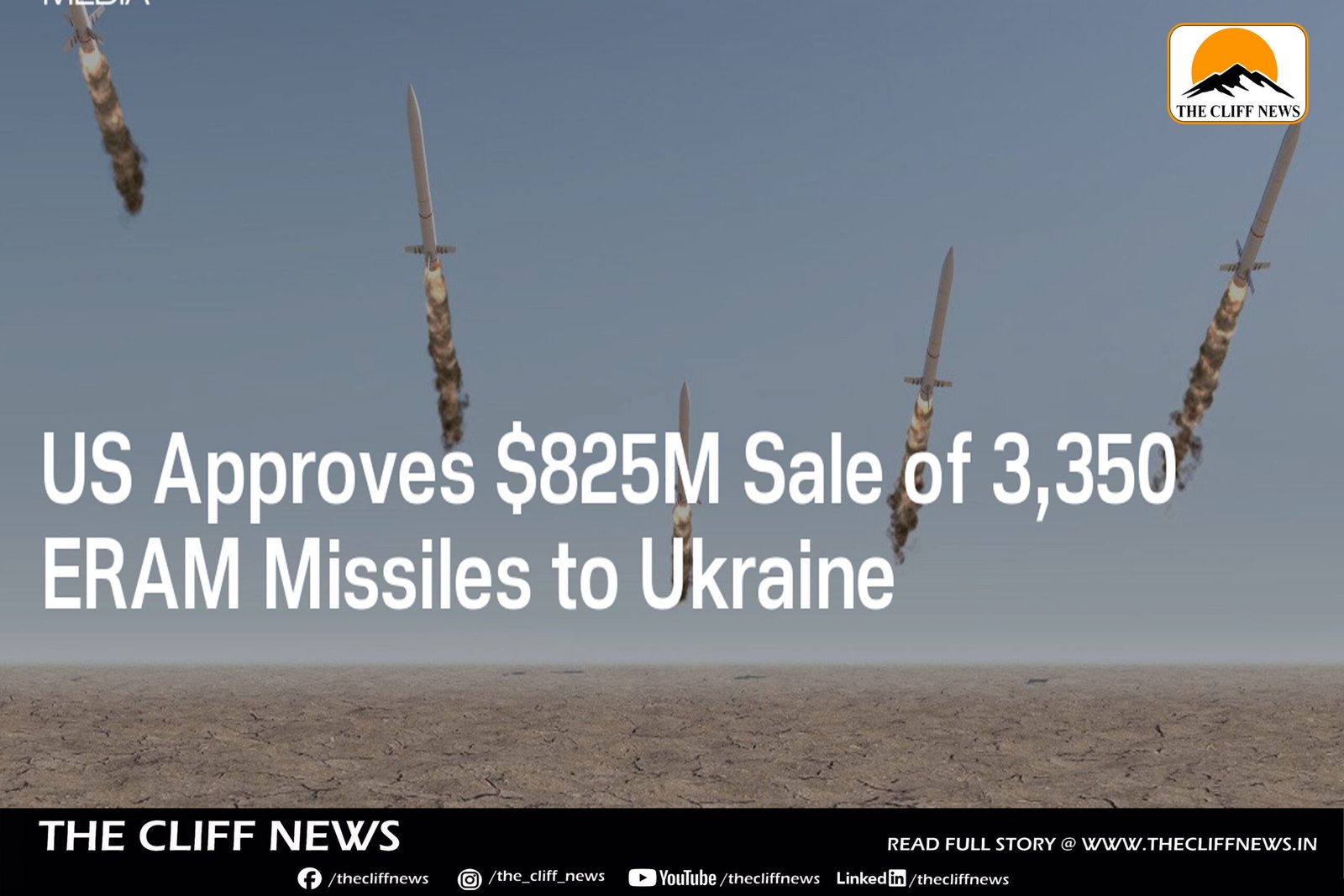New Delhi/Beijing — India and China have achieved a significant breakthrough on boundary resolution, agreeing to begin delimiting less contentious portions of their border as part of a structured, step-by-step process that could eventually lead to permanent demarcation. The forward movement came during the 24th round of India-China Special Representative talks on Tuesday between National Security Advisor Ajit Doval and visiting Chinese Foreign Minister Wang Yi.
Though both sides are guarded about details, officials confirmed that the three border sectors have been identified for delimitation first, beginning with areas that witness minimal friction. The plan involves four phases: formation of a technical expert group under the Working Mechanism for Consultation and Coordination (WMCC), identification of relatively calm tracts, delimitation of these areas, and finally demarcation through placement of boundary pillars. By adopting this “piece-meal” model rather than attempting a sweeping settlement, both nations aim to build confidence through early, practical progress.
The talks also addressed the situation in Ladakh and the eastern sector, where tensions have lingered since the May 2020 clashes. While some issues—such as buffer zones—remain unresolved, both sides have agreed to move towards a non-offensive military posture. This includes withdrawing tanks, rockets, and artillery from forward positions along the Line of Actual Control (LAC) in Ladakh to reduce the threat perception. Geography plays a key role here: while the Indian side faces rugged mountains and high passes, China’s Tibetan plateau allows the PLA faster mobility. The new posture aims to minimize any risk of escalation.
Officials said the overall direction is one of de-escalation, normalization, and restoration of ties to pre-April 2020 levels. The current initiative stems from the Modi–Xi meeting in October 2024, which laid the groundwork for renewed engagement despite persisting strategic mistrust, including over China’s role in Pakistan and the wider region.
Prime Minister Narendra Modi and President Xi Jinping are expected to meet again on August 31 at the SCO Summit in Tianjin, a venue where both leaders could consolidate the forward momentum and chart a roadmap for closer yet pragmatic cooperation.



